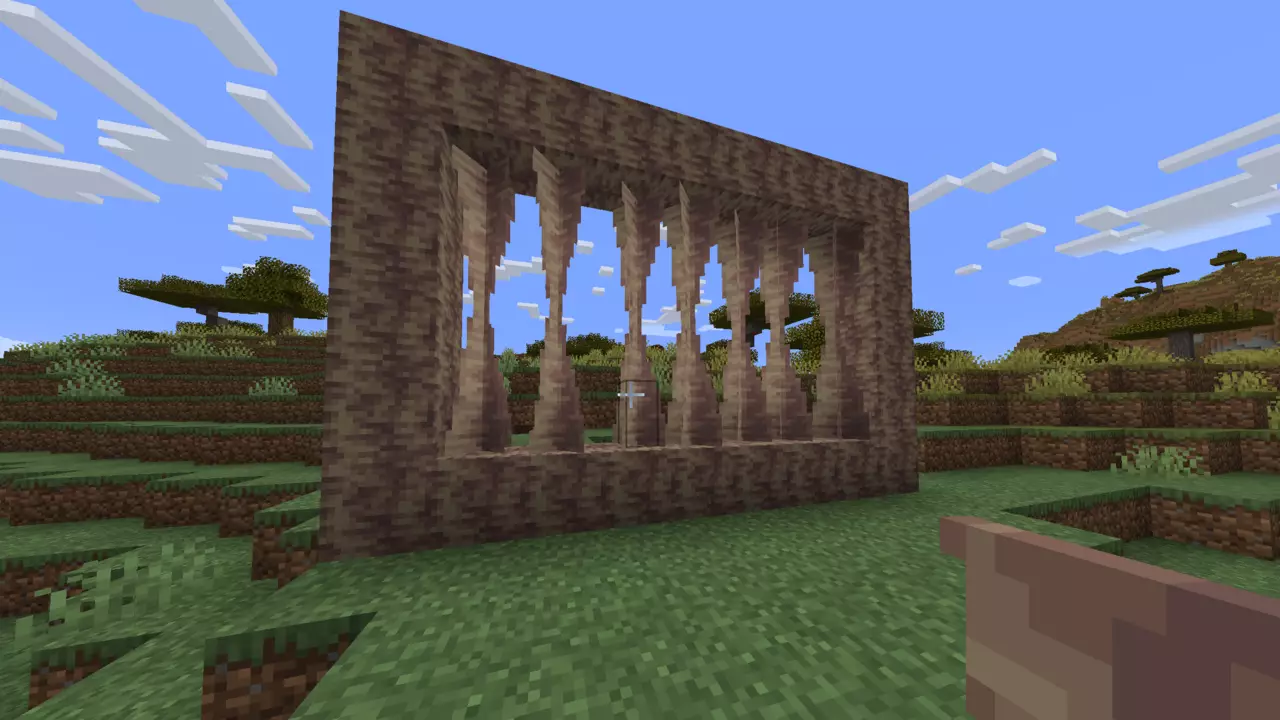Minecraft continues to evolve, introducing players to new materials and mechanics with each update. One such addition that has intrigued and bewildered users alike is the concept of **pointed dripstone**, which encompasses both stalagmites and stalactites. For those still trying to get a grip on what these formations mean for gameplay, this article delves into the nuances of stalagmites, their formation, uses, and how players can interact with this newly introduced block type.
At its core, pointed dripstone serves a dual purpose in the game, manifesting as either stalactites, which hang from ceilings, or stalagmites that rise from the ground. Both structures are unique in their appearance, but they share a common origin—**dripstone caves**, where they form naturally when associated with dripstone blocks. These blocks are crucial as they not only support the growth of pointed dripstone but are also reusable once harvested. The interconnectedness between block and stalagmite/stalactite is one of the more fascinating elements of these new structures.
Mining is fairly straightforward; most tools can extract pointed dripstone, with pickaxes yielding the fastest results. Moreover, players can manipulate their surroundings by crafting new dripstone blocks from collected materials. A simple crafting table provides the means to arrange four pointed dripstones into a single block, allowing for creative placement in any desired location. This versatility encourages players to incorporate these formations into their builds, enhancing both aesthetics and functionality.
Finding these illustrious dripstone caves may seem daunting at first, but they share similarities with other cave biomes. They can spawn at varying heights and are generally more prevalent away from bodies of water. This geographical factor is crucial for players who want to optimize their search. As you traverse the rugged caverns of the Overworld, the presence of numerous stalagmites and stalactites will signal that you are in the vicinity of a dripstone cave.
Recognizing these structures is essential if you want access to pointed dripstone, as it’s not located in any other biomes. A keen eye for spotting their unique forms is all you need to navigate to these special areas successfully.
While the beauty of stalagmites can be appreciated for their aesthetic potential, players should also heed their dangerous nature. These vertical formations double the fall damage incurred by players or creatures when falling onto them from any height, presenting a significant risk during exploration. This mechanic opens the door for creative engineering; strategic placement could lead to various traps, adding an element of defense to player bases against unwelcome visitors. However, players must remember that not all entities are affected by fall damage; this hazard particularly poses a threat to those who might underestimate its effects.
Beyond their role as a danger, stalagmites serve primarily as decorative objects within player builds. Whether utilized to enhance a dungeon aesthetic or to create unique interior designs, their simple beauty adds a touch of natural form to the game’s graphical diversity.
While the focus here is on stalagmites, it’s worth noting the additional functionality offered by stalactites. When strategically placed above water or lava sources, stalactites can be used to fill cauldrons with these liquids over time, albeit at a low probability per drop. This makes them more than mere decorative elements; they introduce a level of resource management that requires players to think creatively about their placement and usage.
Conversely, while stalagmites showcase a high hazard level, stalactites are mainly passive fixtures with a potential to inflict damage only when detached from their source block, reducing their reliability as traps compared to their pointy counterparts.
The inclusion of pointed dripstone, whether stalagmites or stalactites, enriches the Minecraft experience in various ways. These formations not only create new avenues for exploration and resource gathering but also inject hazards and artistic expressions into gameplay. Understanding their uses and how to utilize them effectively can lead to endless creative possibilities in the ever-expanding universe of Minecraft.

